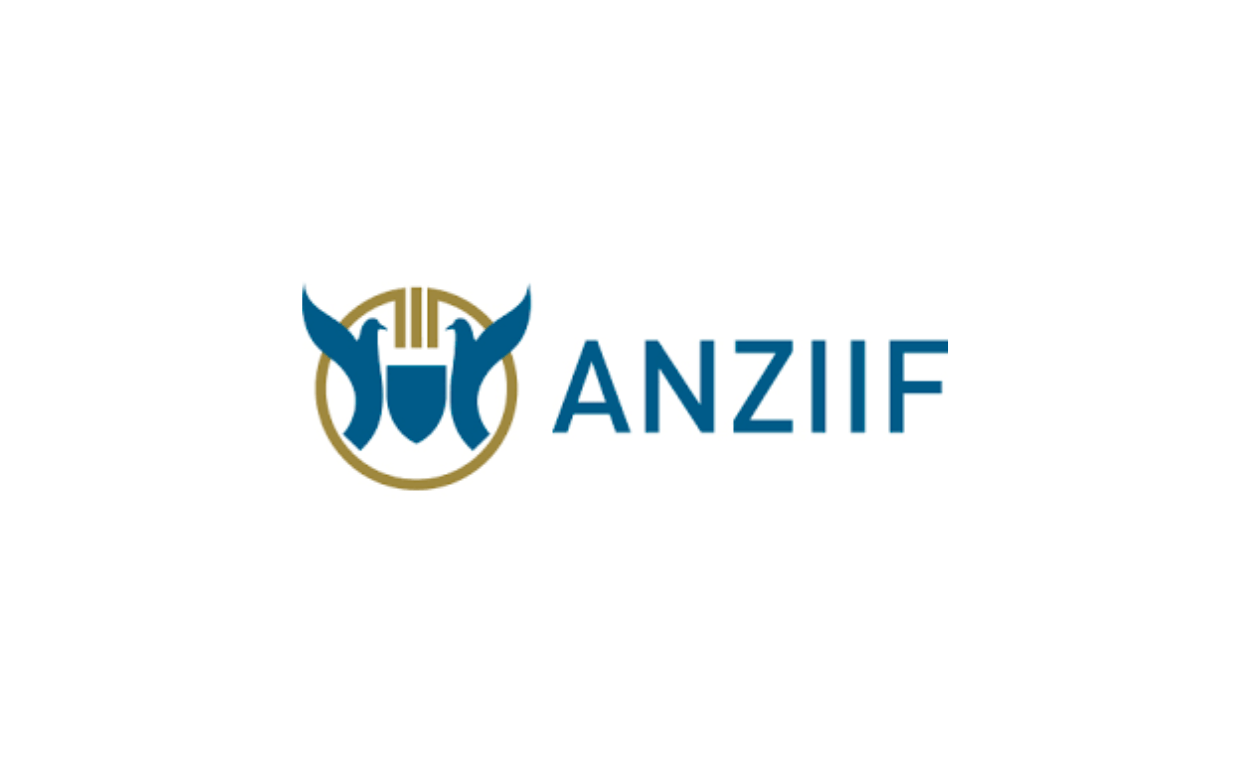
Digital technologies present huge value to insurers and their customers. New systems can transform pricing, distribution, underwriting and claims processes.
They can provide easy access to rich data that enhances the customer experience through product personalisation, while eliminating clunky manual handling.
If only adopting new technologies was as simple as the solutions they present.
Technology updates remain a challenge across the insurance industry. A recent insurance industry trends report from financial services technology company Earnix shows that of the 298 insurance executives surveyed in Australia, the United States and Europe, 90 per cent don’t have full operation modernisation strategies and many depend too heavily on legacy and multiple third-party systems. This results in workflow bottlenecks, inefficiencies, errors and cumbersome workarounds.
Business services software platform MYOB has dubbed such challenges as ‘bad digitisation’. Its 2022 study shows Australian and New Zealand small to medium-sized businesses lose one day’s work a week due to a lack of software integration.
Worse still, they are spending A$1.77 billion a year on unused software subscriptions.
A challenging legacy
Simone Dossetor, CEO of Insurtech Australia, says many insurers are still weighed down by legacy systems.
There are several reasons for this. “For example, when acquisitions occur — which is not uncommon in the insurance industry — a company also acquires a legacy technology platform,” Dossetor says.
“Even if they’re using the same platform it might be a different version, so often they’re running multiple versions of multiple claims systems, which they may just patch together.”
Dossetor adds that some insurers also have a history of “long-running major transformation projects, which haven’t been successful”.
“I think there is certainly a sense of caution around trying to go down that path again, and that’s why you also get so many businesses that want a particular capability and just go out and buy another subscription, or do something separately, rather than taking an integrated approach.”
Dale Smith, co-chair of InsurTechNZ and CEO and founder of insurtech company JAVLN, says another challenge is that insurers in countries like Australia and New Zealand have been “largely under-serviced” when it comes to technology.
“There are big international software vendors who have under-invested and not innovated well enough to keep the industry up to where it should be from a technology perspective,” he says.
“I’m seeing some technology from the 1990s still being used. Technology from that era is hard to integrate and hard to innovate on top of.”
Inefficiency and risk
Bad digitisation presents many risks to insurers. Inefficiency is just one of them.
As an example, 32 per cent of respondents in the Earnix report say that it currently takes 7–12 months to make an underwriting rule change and deploy it into production.
Modern technology platforms are built with application programming interfaces (APIs), which allow for two or more computer programs to communicate with each other.
They can be used to connect brokers and carriers, eliminate the need for manual underwriting processes and allow data to be shared seamlessly. Without APIs, legacy systems require manual data input.
“From an integration perspective, technology vendors and their customers — being either insurance companies or brokers — often aren’t integrated with external data sources, such as address lookups and valuation information or pricing premiums,” says Smith.
“This means the user has to enter the same dataset multiple times to get what they need. “All this data entry just doesn’t need to happen. It’s not efficient, it takes too long and it also creates opportunities for human error to creep in.”
Dossetor says bad digitisation also presents challenges around talent attraction and retention.
“People become frustrated because they’re doing manual workarounds and they’re not working efficiently because they’ve got to upgrade multiple systems, or they’re working with old technology,” she says.
Along with productivity challenges, Dossetor says bad digitisation also creates cyber risks.
“You’re going to have multiple security exposures that you need to manage if you’ve got data in different platforms,” she says.
Drew Schnehage, managing director of insurtech business Innovation Group Australia, says legacy software and poor tech integration also risk compromising the customer experience.
“Different customers have different nuances and insurers need to be able to cater for them,” she says. “Legacy platforms tend to offer traditional, inflexible solutions that don’t account for or cater to individual customer needs, so everybody gets painted with the same brush and the ability to analyse data to identify different types of risks just isn’t available.”
New lease on life insurance
For Asteron Life New Zealand, improving the customer experience was a key driver of a recent digital upgrade to its underwriting systems.
Adrianne Lowe, Asteron Life’s chief underwriter, explains that the upgrade involved moving from its on-premises digital system to a cloud-based solution.
“We wanted to remove the reliance on technology teams to be able to make business-as-usual changes to our digital delivery,” she says.
“The cloud-based solution puts underwriting rule changes and any upgrades firmly in the hands of the business.
For example, the underwriting rules engine is the foundation for life insurers to improve both operational efficiency and the customer experience. If you are reliant on having developers on board to roll through changes, you’re also in competition with other parts of the business for those same developers, and so you could be waiting a long time.”
The strategy for Asteron Life’s digital upgrade was developed in the 2020–21 financial year. Implementation of the new underwriting solution for its retail business was completed in March 2023 and went live for its direct business in August this year.
Lowe says the business is already seeing improvements in straight-through processing rates and point-of-sale outcomes for its retail business.
“The real, tangible benefits are in the improvement of data quality and the analytics side,” she says. “For Asteron Life, that had been missing for the last five years. We didn’t really have a good handle on our underwriting data or an understanding of where customers were falling out of the journey or what aspects of our [underwriting] questions weren’t working in the best way. We know that now.”
As part of its digital upgrade, Asteron Life focused on the top 20 conditions that were resulting in referrals to the human underwriting queue. Lowe says this presented the greatest opportunity for improvement. “The engine is now able to make a decision while the customer is completing the application. It has also helped us to increase our risk appetite a bit.”
For example, while most of Asteron Life’s diabetic insurance applicants were previously referred out for manual underwriting, the digital upgrade provides access to data that allows decisions to be made up front.
“This means it’s a quicker journey to getting the policy issued, and it will also help us to bridge the insurance gap,” says Lowe.
Where to start?
While digital transformation presents huge benefits, it can be a complex, costly and time-consuming exercise. Lowe describes Asteron Life’s experience as “quite a journey”.
“When you have a sizeable legacy business with multiple platforms and products that need to be integrated, it can really blow out your timelines.
All of a sudden, the project that you thought would take six to nine months ends up being 18 months plus. It is resource-heavy, it is costly and it is incredibly reliant on people with tech skills.”
Dossetor says that while younger insurance businesses may have started life in the cloud, larger incumbents face the challenge of managing ageing legacy systems.
“Technology gets old pretty quickly,” she says.
“Even something that was built five years ago can start to be viewed as a legacy system.”
How can insurers avoid today’s new technology becoming the next legacy software challenge?
Dossetor says insurers mustn’t view technology as a set-and-forget asset.
“You need to have this constant pathway and ongoing investment, rather than a stop-start approach,” she says.
Improving digitisation can start with small steps, says Smith. “There are small integrations that can have a huge impact on process improvement,” he says.
“A good one is address lookup. You just type in an address and you often get very structured data that can be used for all sorts of different modelling around risk for things like floods.”
Dossetor encourages insurers to become educated about new technologies and the benefits they present. “Before you make big decisions about changing your technology, spend time understanding what others are doing and what’s in the market to work out what fits with you.”
While many insurers are in the challenging position of integrating legacy systems with new technology, Schnehage says it often pays to “chuck out the legacy system and start from scratch”.
“Otherwise, you’re just going to keep a legacy system and add on additional software that will require more API integrations,” she says. “This could take longer for you to achieve your desired outcomes.
“It can seem daunting because it’s costly and you need the right skills in your workforce to drive it, but if you don’t bite the bullet, you may risk being left behind and it costs you more in the long run.”
For those considering a widescale technology upgrade, Lowe has some advice.
“If I learned anything out of our experience at Asteron Life, it is to scope accurately and realistically, resource appropriately and manage the project tightly,” she says.
“You’ve also got to keep really close to your vendor. I think that’s key to a timely delivery, but you’ve also got to be realistic about timelines.”
While Asteron Life is already reaping benefits from its new technology, Lowe says it remains a work in progress. “It’s not a situation where we can say, ‘Yep, we are done, let’s move on to the next thing’. It’s going be a continuous process for us, and that’s the way you keep on top of technology.”
Five questions to ask before signing up for a new tech solution
1. What is included in the price?
Ensure any fixed quotes include itemised lists of what’s covered, so you can identify any gaps in product or service.
2. How is data security handled?
If your company data — and your clients’ personal data — is going to be stored in the cloud, cybersecurity must be a top priority.
3. How often do you offer new releases of your software?
Vendors committed to innovation will generally release new versions about every 12 months to ensure they remain competitive and relevant in the market.
4. What’s the timeline for implementation?
Implementation can create downtime and disruption, so it’s important to plan ahead and to calculate the cost to your business.
5. What’s the training and customer service model?
Find out the level of support you can expect if questions or unexpected issues arise.
This article was originally published by ANZIIF.
Related Articles
-
 By Dale Smith, CEO JAVLN Data has been the lifeblood of modern businesses across the world for the past 20 years. It’s helped transform entire industries, from agriculture to banking,…Read more
By Dale Smith, CEO JAVLN Data has been the lifeblood of modern businesses across the world for the past 20 years. It’s helped transform entire industries, from agriculture to banking,…Read more -

Why technology is making insurance brokers more valuable than ever
By Dale Smith, CEO JAVLN. The recent federal budget probably left many small businesses across Australia banging their collective heads against a brick wall. While a few tweaks to the…Read more -

Customer service has become a broker’s number one challenge
By Dale Smith, CEO, JAVLN Insurance brokers in Australia are at the coalface of a changing world. On the one hand, natural disasters up and down the country are becoming…Read more












